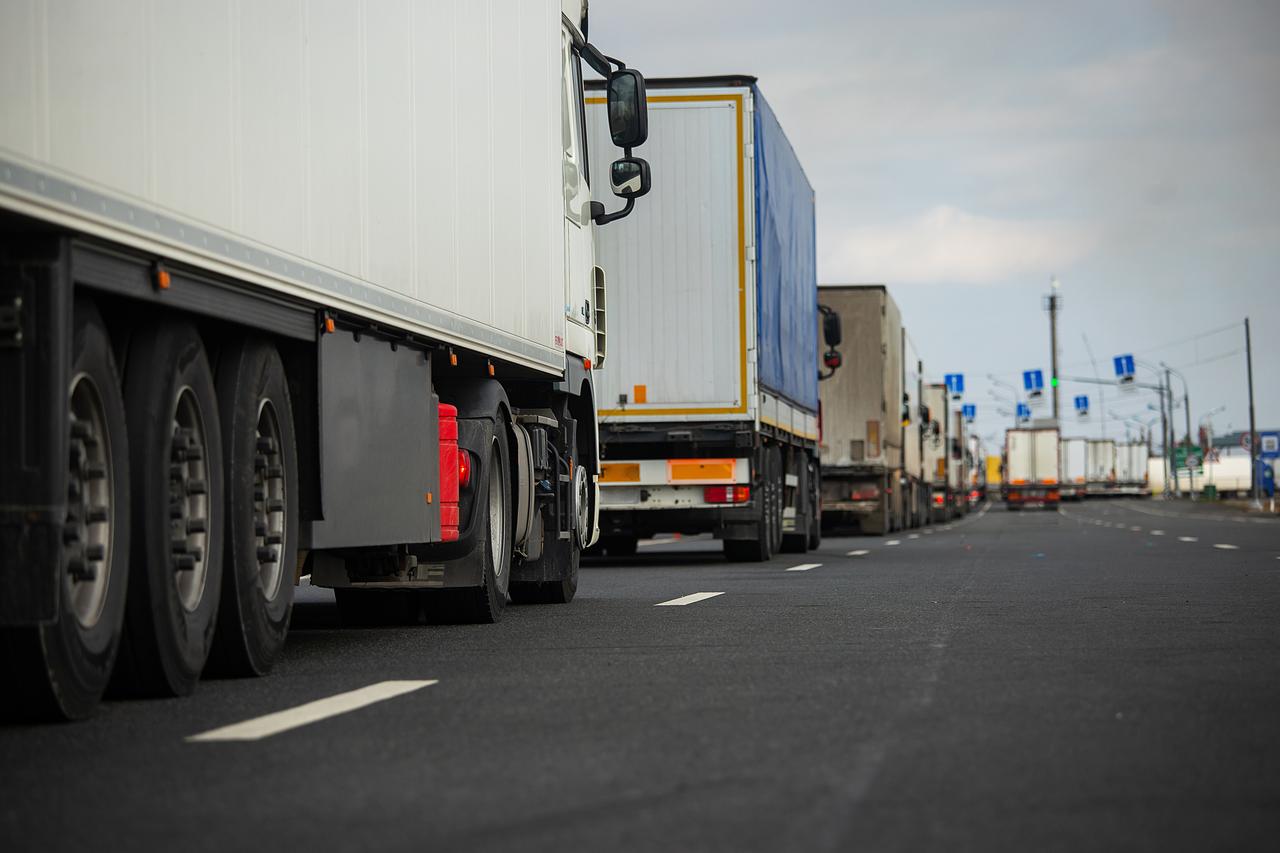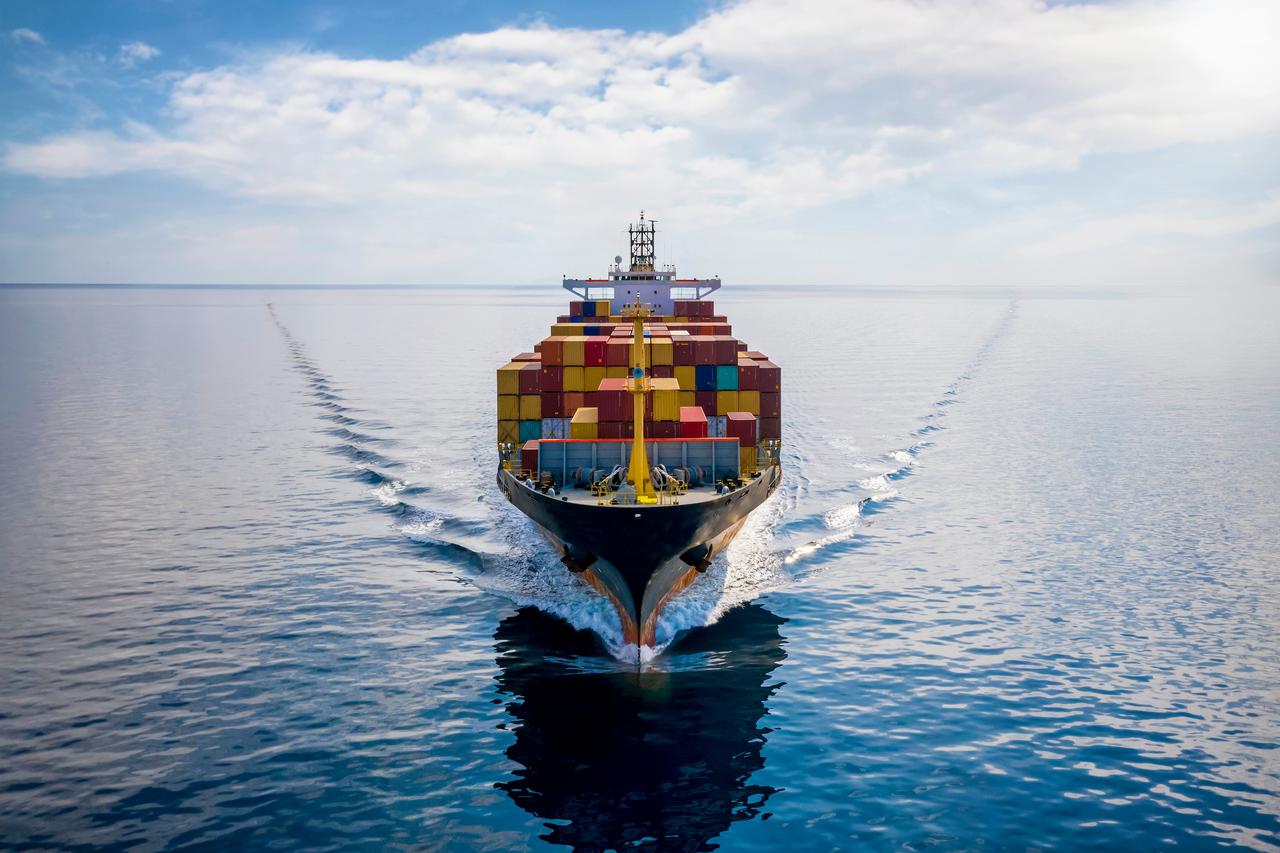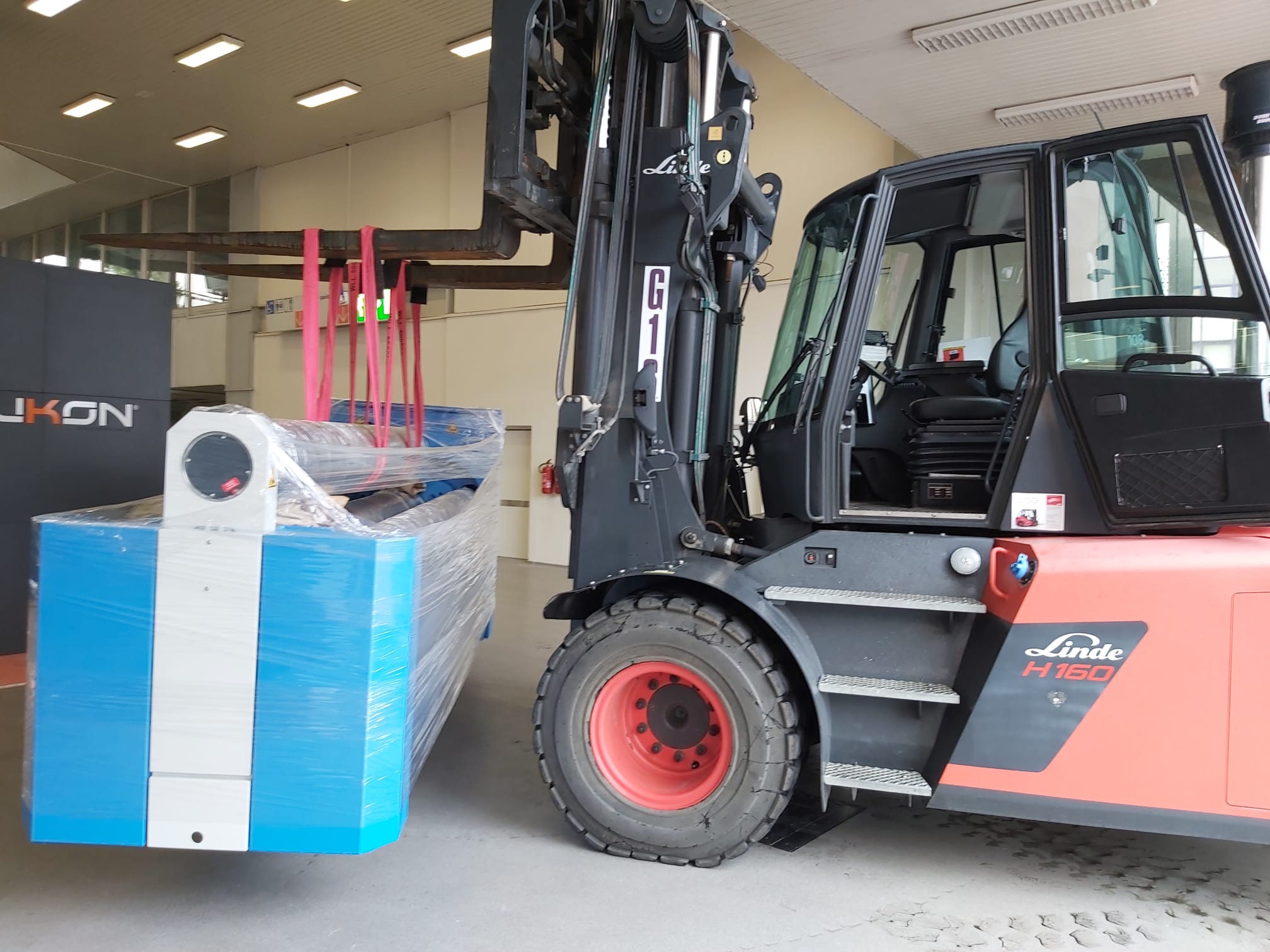Proof of origin of the iron/steel used in processing will be a necessary condition for the purchase and import of these products from third countries, i.e. from outside the EU. This follows from Article 3g and Annex XVII of Sanctions Regulation 833/2014.
What does the measure cover
The obligation to prove the origin not only of the imported product, but also of the iron/steel used in its production, applies to products belonging to chapters of headings a 72, 73 (except HS headings 7201-7205). There is already a ban on the purchase, import and transportation of these products if they have been exported or come from Russia. From September, this ban will also be extended to products processed outside of Russia from iron/steel of Russian origin.
Specifically, from 30 September 2023, HS 7206-7229 and 7301-7326 products manufactured in any third country from materials or semi-finished products of Russian origin belonging to HS 7206-7229 and 7301-7326 may not be imported into the EU.
It is therefore important to check first of all whether you are importing products falling under the above mentioned headings of Chapters 72 and 73 of the Customs Tariff. In doing so, it should be borne in mind that an incorrect customs classification would not only result in a breach of customs regulations in the case of iron and steel products, but also in the circumvention of sanctions. There are heavy fines for breaches of sanctions; in the case of a deliberate act resulting in a breach or circumvention of a sanction, it is a criminal offence.
How to prove the origin of the iron/steel used in production in a third country
The required proof of the origin of the iron/steel will be the Mill Test Certificate - MTC (also called Material Test Report or Inspection Certificate).
Importers must procure and submit to the customs office at the time of import one or more MTCs, which will show where the final processing of the imported product took place, and at the same time it will be possible to trace the origin and processing of the iron/steel used using the heat number. Russia must not be listed in the submitted MTCs as a country of iron/steel production, nor as a country where other processing operations (e.g. rolling, drawing, plating, etc.) were performed. Products that do not meet these conditions may not be purchased or imported into the EU. The regulation is not quantitatively limited, the MTC must be submitted for any imported quantity.
In its interpretation, the Commission notes that the importer is responsible for the accuracy of the information contained in the MTC submissions and is expected to exercise due diligence in checking the relevance and coherence of these documents. In case of doubt, the customs authorities have the right to request additional evidence and information.
In a notice published on the website, the Czech Customs Administration has so far only copied the Commission's interpretation and confirmed that when importing iron and steel products into the Czech Republic, it will require an MTC issued according to EN 10204 3.1 or 3.2 / ISO 10474 3.1 or 3.2 standards. The customs administrations of other EU countries take a more liberal approach to the Commission's interpretation and consider the MTC as one of the possible pieces of evidence, not the only one.
A number of questions still remain unanswered, e.g. how to prove the HS code of the material used, which is not standardly stated in the MTC, at what point the MTCs will be submitted to the customs authorities, whether and under what conditions it will be possible to import the affected products through a simplified procedure, what will be the procedure for reimportation returned goods or returnable packaging, etc.
Our customs colleagues are available at: ales.herda@kuehne-nagel.com, pavel.raz@kuehne-nagel.com



.jpg/9370f711-3608-d4c8-9ef2-72345cf25e2b)




